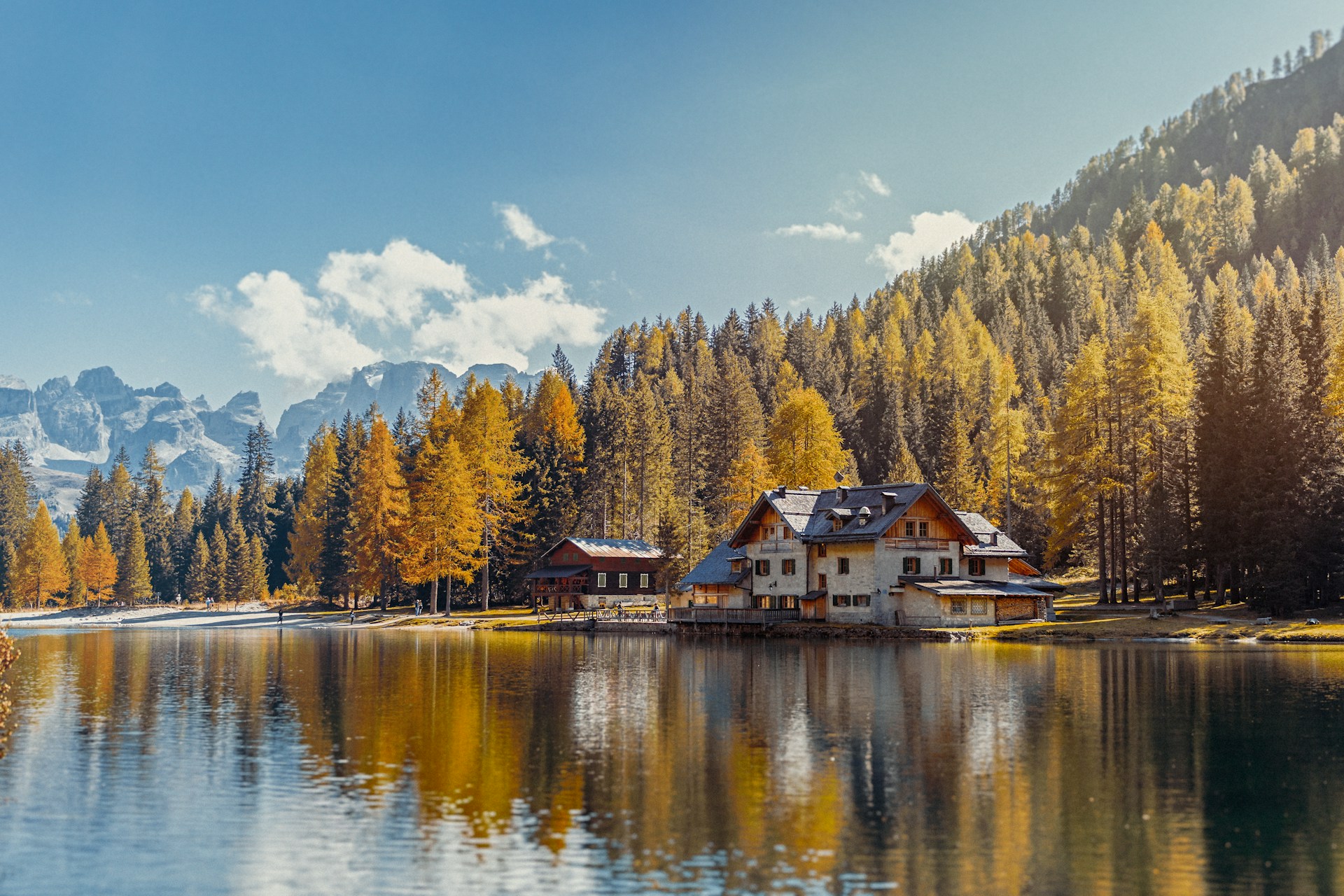Italy, with its unparalleled blend of history, culture, art, and gastronomy, is a destination that promises magic every season. From the snowy Alps in the north to the sun-drenched beaches of the Amalfi Coast, the country’s climate and experiences vary dramatically throughout the year.
Deciding on the best time to visit Italy depends on your priorities—whether it’s savoring food, exploring art-filled cities, or escaping to serene countryside vistas. Let’s explore the seasons, uncovering the best times to visit Italy and indulge in the timeless charm of Italy.
🌸 Spring in Italy (March to May): A Blooming Renaissance
Spring is a spectacular time to visit Italy. As the cold winter months fade, the landscape transforms into a vivid palette of flowers, green hills, and blossoming trees. Temperatures during this season range from 50°F (10°C) in March to a comfortable 70°F (21°C) in May.
Highlights
- Cherry Blossom Magic: Walk among blooming fruit trees in Tuscany and Emilia-Romagna.
- Outdoor Exploration: Spring is ideal for walking tours of ancient cities like Rome, Florence, and Venice without summer’s intense heat.
- Wine Festivals: Celebrate local vintages at events such as the Alba Wine Festival in Piedmont.
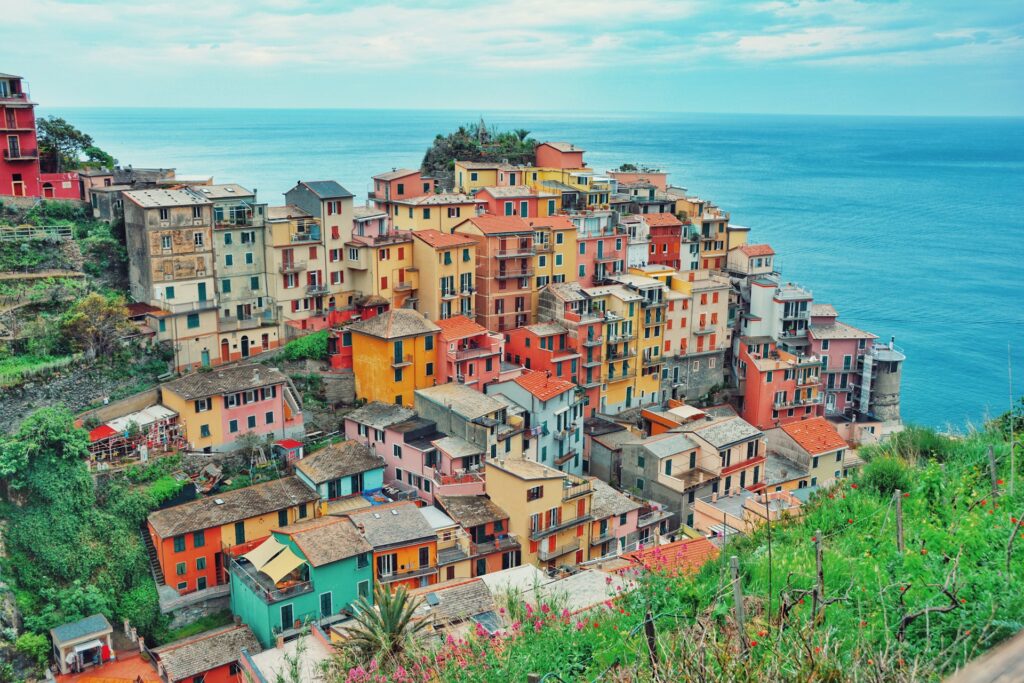
Why Go?
- The crowds are smaller compared to the peak summer months, offering a more relaxed experience at iconic attractions like the Colosseum, Uffizi Gallery, and St. Peter’s Basilica.
- Mild weather makes it the perfect season for hiking in Cinque Terre or biking through the rolling hills of Tuscany.
Pro Tip:
- Visit during late April or early May for mild weather and blooming landscapes, avoiding Easter week when tourist hotspots can get busy.
☀️ Summer in Italy (June to August): Vibrant Yet Crowded
Summer in Italy is synonymous with sun-soaked beaches, bustling piazzas, and festivals that celebrate everything from art to food. However, temperatures can soar, reaching as high as 95°F (35°C) in cities like Rome and Florence.
Moreover, the peak tourist season, so expect bustling crowds, especially in cities like Florence, Rome, and Venice.
Highlights
- The Amalfi Coast: Bask in Mediterranean beauty, with turquoise waters and picturesque cliffside towns.
- Outdoor Performances: Attend the Verona Opera Festival in an ancient Roman amphitheater under the stars.
- Lake Como: Perfect for leisurely boat rides, lakeside dining, and celebrity spotting.
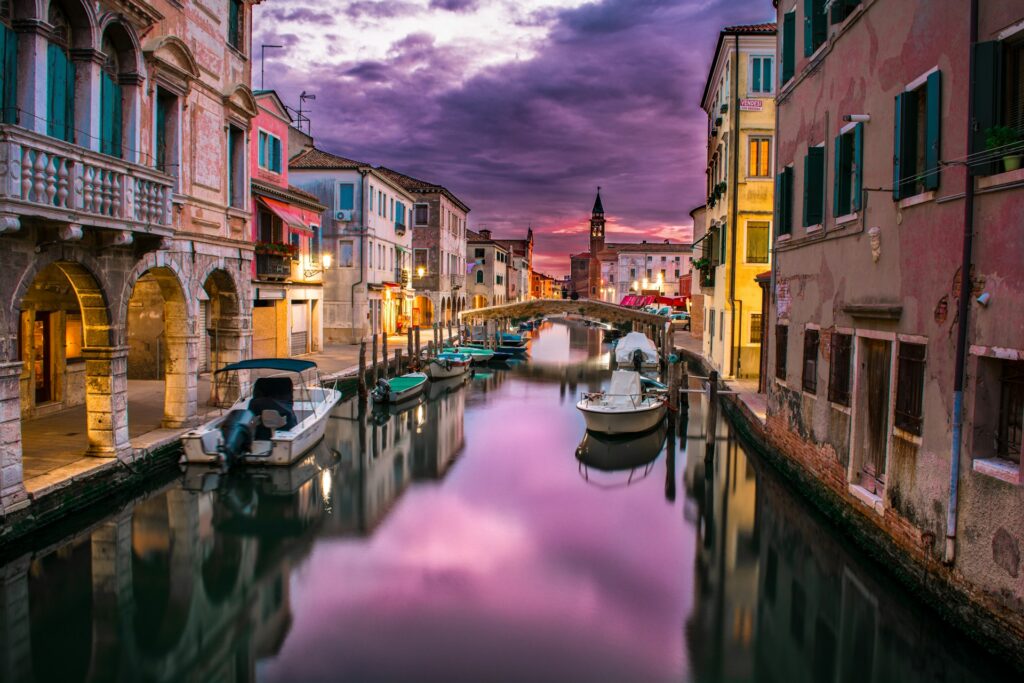
Why Go?
- It’s the best time to visit coastal regions like Sardinia, Capri, and Sicily, where the crystal-clear waters offer respite from the summer heat.
- Summer evenings bring open-air dining, late-night gelato runs, and the lively energy of Italian towns hosting local festivals.
Challenges
- Temperatures can climb above 90°F (32°C) in cities like Rome and Florence, and popular tourist spots may feel overcrowded.
- Prices for accommodations and flights are at their highest.
Pro Tip:
- Escape the crowds by exploring lesser-known regions like Umbria or the Dolomites, where the scenery is just as captivating.
🍂 Autumn in Italy (September to November): A Culinary Wonderland
Autumn in Italy is arguably the best time to visit for food enthusiasts and those seeking cultural immersion. The summer rush subsides, and the countryside glows with autumn hues. Temperatures range from 75°F (24°C) in September to a crisp 50°F (10°C) in November.
Highlights
- Harvest Season: Vineyards across Tuscany and Piedmont host grape harvest festivals, and olive oil production begins in earnest.
- Truffle Hunting: Join a truffle hunting tour in Alba or Umbria, where these prized delicacies are in season.
- Cultural Events: Venice Film Festival in September and Rome’s Jazz Festival in November offer artistic vibrancy.
- Historic Cities: Wander through less crowded streets in Florence, Rome, and Venice.
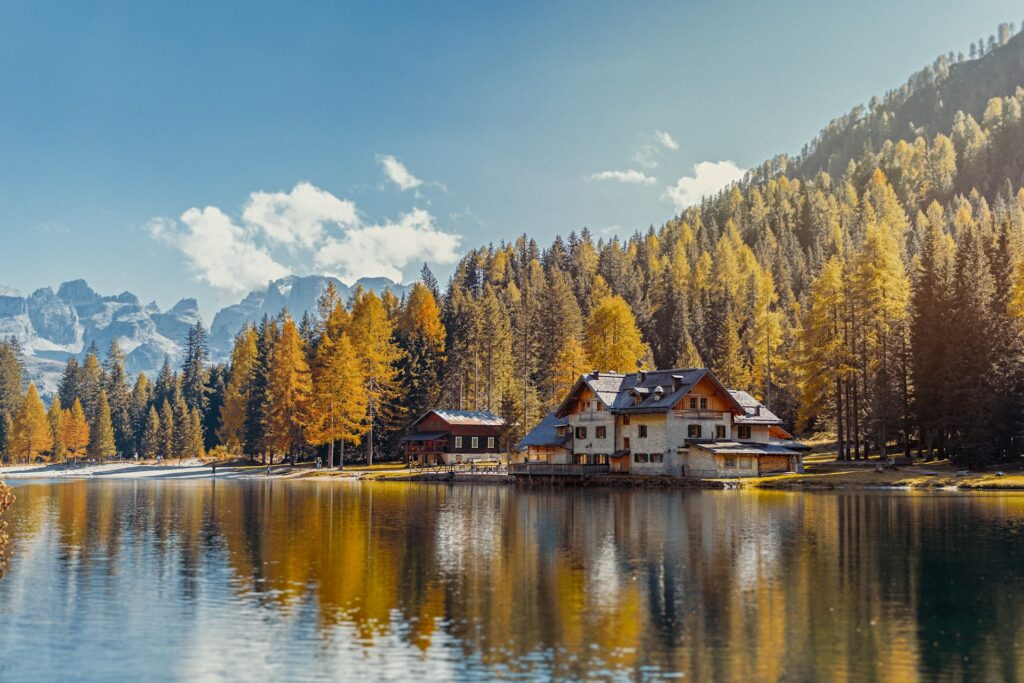
Why Go?
- This season is ideal for exploring Italy’s renowned wine regions like Chianti and Barolo, where you can enjoy tastings in stunning vineyard settings.
- Cooler temperatures make walking tours of historical sites and ruins, such as Pompeii or the Roman Forum, more enjoyable.
Pro Tip:
- October strikes the perfect balance between mild weather, fewer tourists, and the best food festivals.
❄️ Winter in Italy (December to February): Festivities and Snowy Charm
Winter brings a quieter, more intimate charm to Italy, with festive holiday markets, snow-covered mountains, and cozy trattorias serving hearty meals. While it may not be the best time for beach holidays, it’s perfect for cultural exploration and skiing adventures.
Moreover, temperatures in the north can drop to 30°F (-1°C), southern regions like Sicily and Naples enjoy milder climates around 50°F (10°C).
Highlights
- Christmas Magic: Rome and Florence sparkle with lights, nativity scenes, and holiday markets. Vatican City hosts breathtaking Christmas Mass at St. Peter’s Basilica.
- Ski Resorts: Hit the slopes in the Dolomites or the Alps, enjoying world-class skiing and après-ski culture.
- Carnival of Venice: In February, the city transforms into a spectacle of masks, costumes, and elaborate parties.
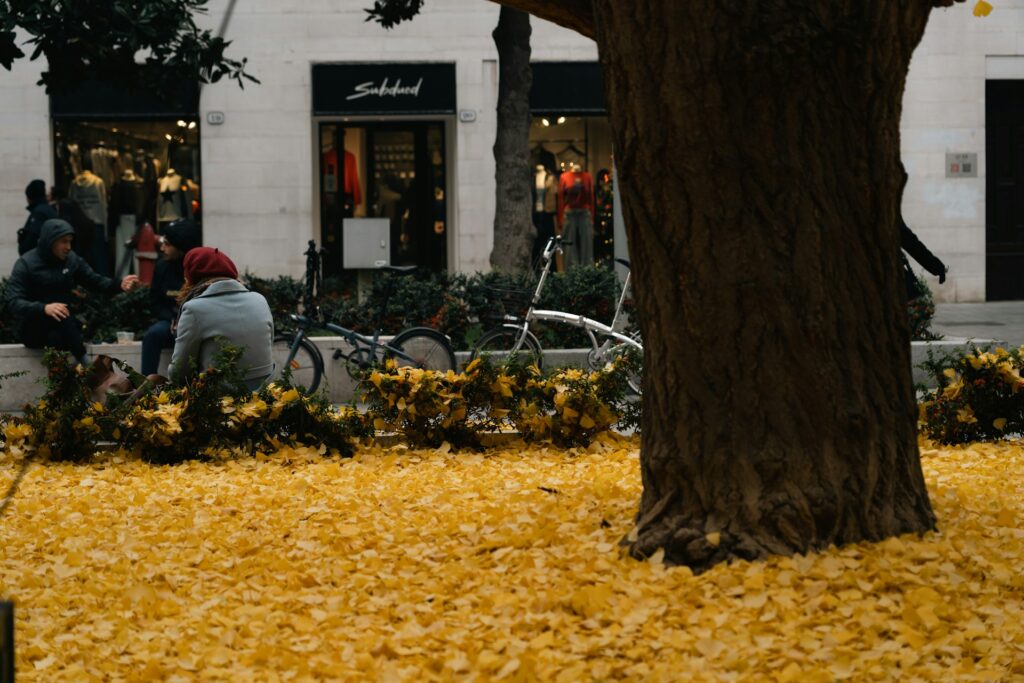
Why Go?
- Enjoy lower prices on accommodations and flights compared to the high season.
- Italy’s top museums and galleries are less crowded, allowing for leisurely exploration of places like the Vatican Museums or the Uffizi Gallery.
Challenges
- Coastal regions like the Amalfi Coast and Cinque Terre may feel less lively, as many hotels and restaurants close for the season.
Pro Tip:
- If visiting for Christmas, book accommodations and Vatican events early, as they fill up quickly.
🗓️ Month-by-Month Overview
| Month | Best For | Tips |
| March | City tours, spring blossoms | Pack layers as temperatures can vary. |
| June | Coastal escapes, cultural events | Book well in advance to secure accommodations. |
| September | Wine tasting, fewer crowds | Ideal for exploring Tuscany or the Italian Riviera. |
| December | Christmas markets, skiing | Perfect for experiencing Italy’s festive traditions. |
🌟 Regional Insights
Northern Italy
- Best Seasons: Spring and Autumn.
- Key Attractions: Venice canals, Milan’s Duomo, and the Dolomites.
- Special Tips: The Alps offer breathtaking winter sports opportunities.
Central Italy
- Best Seasons: Spring and Autumn for Tuscany, Umbria, and Rome.
- Key Attractions: Florence’s art museums, Siena’s medieval charm, and Rome’s iconic landmarks.
- Special Tips: Don’t miss wine festivals in Chianti during harvest.
Southern Italy
- Best Seasons: Late spring or early autumn.
- Key Attractions: Amalfi Coast, Sicily’s ancient ruins, and Naples’ pizza culture.
- Special Tips: Avoid peak summer months for a more authentic experience.
🗓️ Key Seasonal Highlights
Best Time for Wine Lovers
- Late September to October is the prime harvest season for wine tours in Tuscany, Piedmont, and Veneto.
Best Time for Budget Travelers
- Winter (excluding Christmas) offers the lowest prices on accommodations and flights.
- Early spring and late autumn are excellent for avoiding high costs while enjoying pleasant weather.
Best Time for Cultural Events
- Spring and autumn feature major festivals like the Venice Carnival (February/March) and truffle festivals (October/November).
🎒 Packing Tips for Italy

Spring and Autumn
- Lightweight layers for daytime sightseeing.
- A waterproof jacket for unexpected rain.
Summer
- Light, breathable fabrics for hot days.
- Comfortable walking shoes for cobblestone streets.
Winter
- Warm coats, scarves, and gloves for northern regions.
- Waterproof shoes for rainy days in the cities.
✨ Insider Tips for Your Italian Adventure
- Pack Accordingly: Bring comfortable walking shoes, as cobblestone streets are common in historical areas.
- Stay Hydrated in Summer: Carry a reusable water bottle—Italy’s public fountains offer fresh, drinkable water.
- Book Tickets Early: Whether it’s the Vatican Museums or the Uffizi Gallery, reservations are essential during high seasons.
- Learn Basic Phrases: Knowing a few Italian words like grazie (thank you) or per favore (please) goes a long way.
- Consider Smaller Cities: Escape the crowds by visiting hidden gems like Matera, Bologna, or Verona.
- Use Public Transport: Italy’s trains are efficient and a scenic way to travel between regions.
- Plan Around Festivals: Research local festivals and events to enrich your experience.
Conclusion
The best time to visit Italy depends on your interests, but every season offers its own magic. Whether you’re savoring gelato under the summer sun, wandering through vineyards in autumn, or marveling at Renaissance art in winter, Italy promises unforgettable experiences year-round.
So pack your bags and immerse yourself in la dolce vita—Italy awaits!
Also Read This:
- Best Time to Visit Switzerland | An In-Depth Guide for Every Traveler
- Best Time to Visit Scotland | A Guide to the Scottish Highlands
- Best Time to Visit Rome: Unlocking the Eternal City’s Charms
- Best Time to Visit Costa Rica | A Comprehensive Seasonal Guide
- Best Time To Visit Hawaii | The Ultimate Guide You need
- Best Time to Visit Barcelona: Ultimate Guide to Exploring Spain’s Vibrant City
- Best Time to Visit Japan: A Detailed Seasonal Guide
- 30 Stunning Things to Do in Malta | The Ultimate Traveler’s Guide
- Things To Do in Barcelona Bound: A Local’s Guide to the Best Things to Do
- 4 Day Barcelona Itinerary: Immerse Yourself in Culture and History

